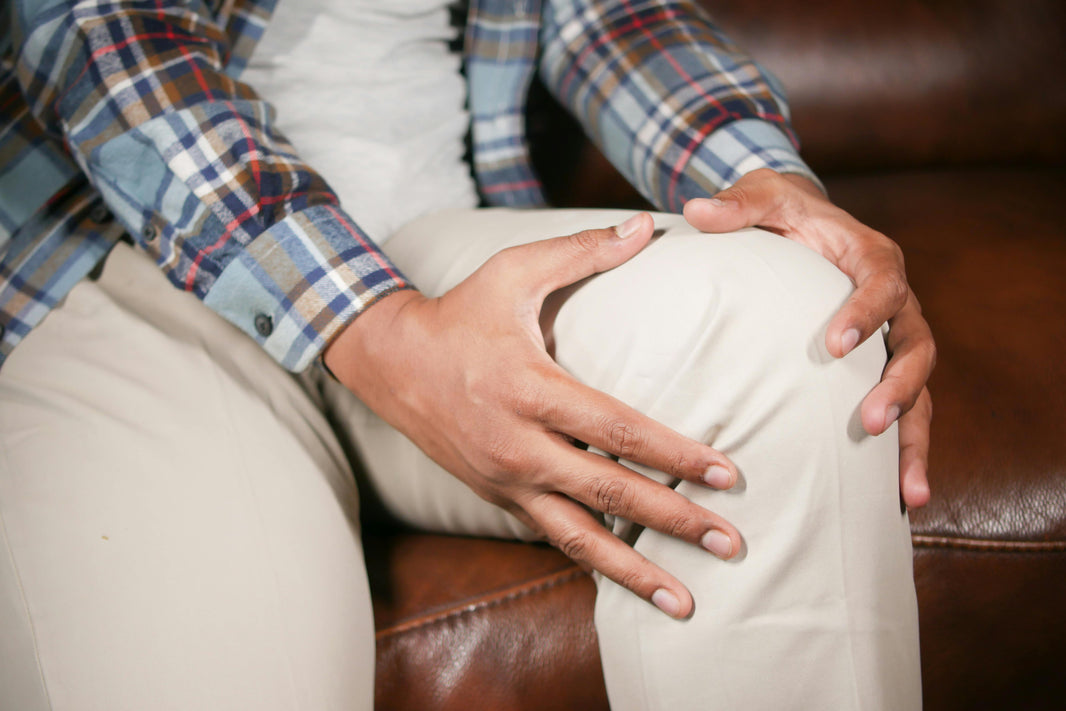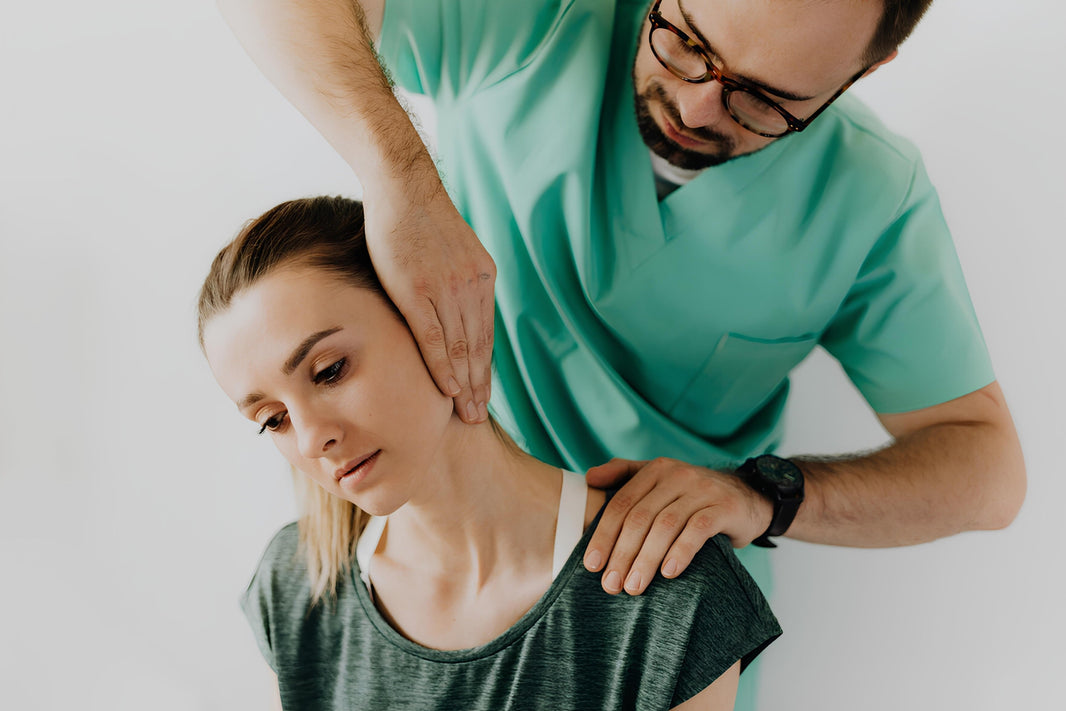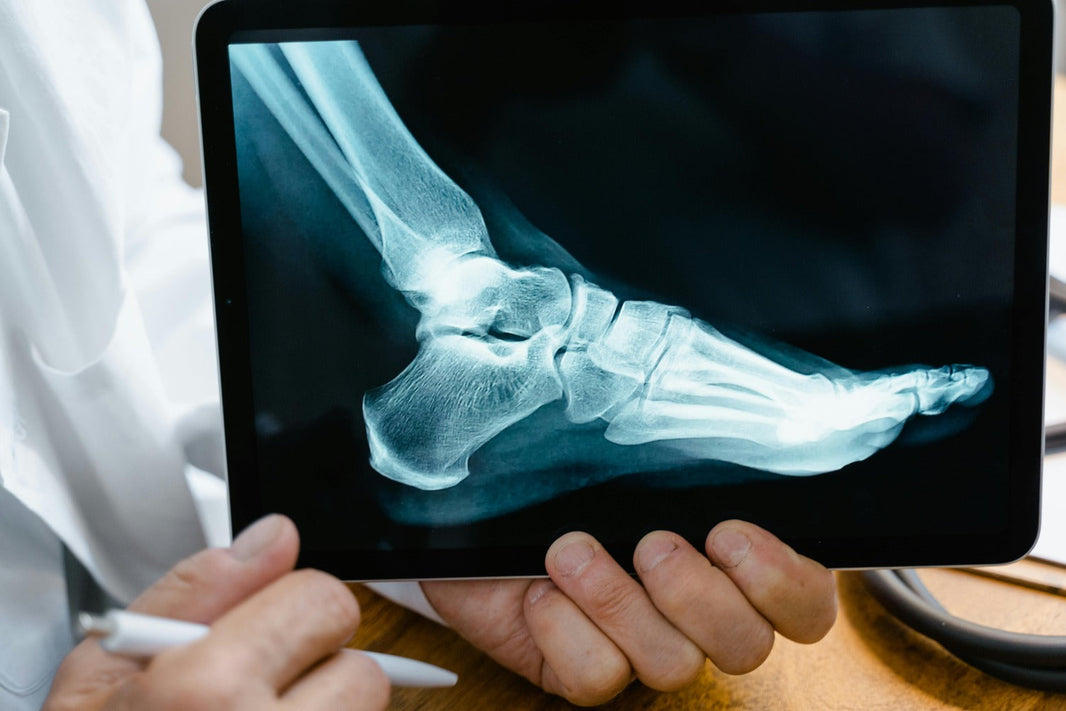Did you know that nearly 1 in 4 adults suffer from joint pain or stiffness? If you're one of them, you're not alone—let's explore how to find relief!
If you've experienced symptoms such as swelling, tenderness, or pain in your joints, you may be undergoing some of the common symptoms of arthritis.
These symptoms are not limited to joint pain alone. It can also cause fatigue due to inflammation or a fever. In this blog, we will unravel the types, causes, and how to manage arthritis.
Firstly, let us just have a quick glimpse into these symptoms for a better understanding of what you might be facing.
Common Arthritis Symptoms

What are the seven types of arthritis?
- Osteoarthritis: Osteoarthritis is usually characterized as wear-and-tear changes in joints, in which the cartilage wears away over time; this is often seen among the old age population. It affects the knees and hips and causes pain, swelling, and stiffness in the joints, especially in those weight-bearing joints.
- Rheumatoid Arthritis: This autoimmune disease occurs when the body's immune system mistakenly perceives body tissues as foreign entities and attacks them, leading to pain, swelling, and visible deformities. There is a bilateral occurrence for some parts of the body.
- Psoriatic Arthritis: Psoriasis is a skin disease that can lead to the development of psoriatic arthritis in a specific individual. It results in pain and swelling in joints specifically of distal digits and may cause skin rashes and nail dystrophies.
- Gout: Gout develops when the blood accumulates uric acid, which then crystallizes at the joints, particularly the big toe. A very sharp, excruciating, and often swelling pain agony occurs at a moment's notice and is sometimes triggered by certain foods or alcohol.
- Ankylosing Spondylitis: This inflammation affects the spine usually; mostly, it causes pain and stiffness. Over time, the vertebrae fuse, resulting in postures that resemble hunches. This condition is more common in younger males.
- Lupus: It is an autoimmune disease -which affects many organs and causes the patient to show combined signs of joint pain swelling and fatigue, mostly on hands and wrists.
- Juvenile Arthritis: This condition primarily affects children and teenagers. Usually, it is painful and will be red and swelling which is caused by joints. Normal growth and development may deter because of this painful condition: The symptoms of this ailment vary from mild to surreptitious to severe.
Causes of Arthritis

- Genetic Factors: If either of your parents or grandfathers have a history of arthritis, you may be more susceptible to developing it yourself. It's like a genetic predisposition for certain diseases.
- Environmental Trigger: Viruses or infections alone cause triggering events for arthritis, especially if one is already at risk. For instance, certain viruses can trigger inflammation, a crucial environmental factor for the development of arthritis in genetically susceptible individuals.
- Injuries and Joints Overuse: If you have experienced a joint injury, such as a sprain or fracture, in the past, your risk of developing arthritis at a later age may be increased. Repetitive stress on joints, like seen in sports and heavy physical jobs, may also lead to gradual wear and tear which increases the chance of arthritis.
How is arthritis diagnosed?

A physical examination, tests, and the patient's symptom history all contribute to the diagnosis of arthritis. The doctor will ask the patient about symptoms associated with pain, stiffness, and swelling. After this, your doctor will perform physical checks on the joints for observable signs of inflammation.
Blood tests can be taken to help locate antibodies specific to different varieties of arthritis. X-rays or MRIs reveal tissue damage to joints.
Occasionally, a joint aspiration analyzes synovial fluid to rule out the diagnosis of gout. These are the steps taken to identify the type of arthritis and what sort of treatment it might need.
Treatment Option for Arthritis - Say Goodbye to Pain with Curapod!
Tired of living with pain in your neck, back, shoulders, or joints? Presenting Curapod – your fast track to relief in just 30 minutes!
This state-of-the-art light therapy device is used to treat pain by producing near-infrared light that targets the source of pain inside tissue to reduce inflammation and promote deep tissue healing from within.
Curapod deals non-invasively, and efficiently, letting you be pain-free with anything ranging from arthritis to stiff muscles and sprains. No more medicines or invasive treatments,-nothing but quick and effective pain relief, where and when you want it. Want to feel the relief in thirty minutes? Feel the magic with Curapod!








